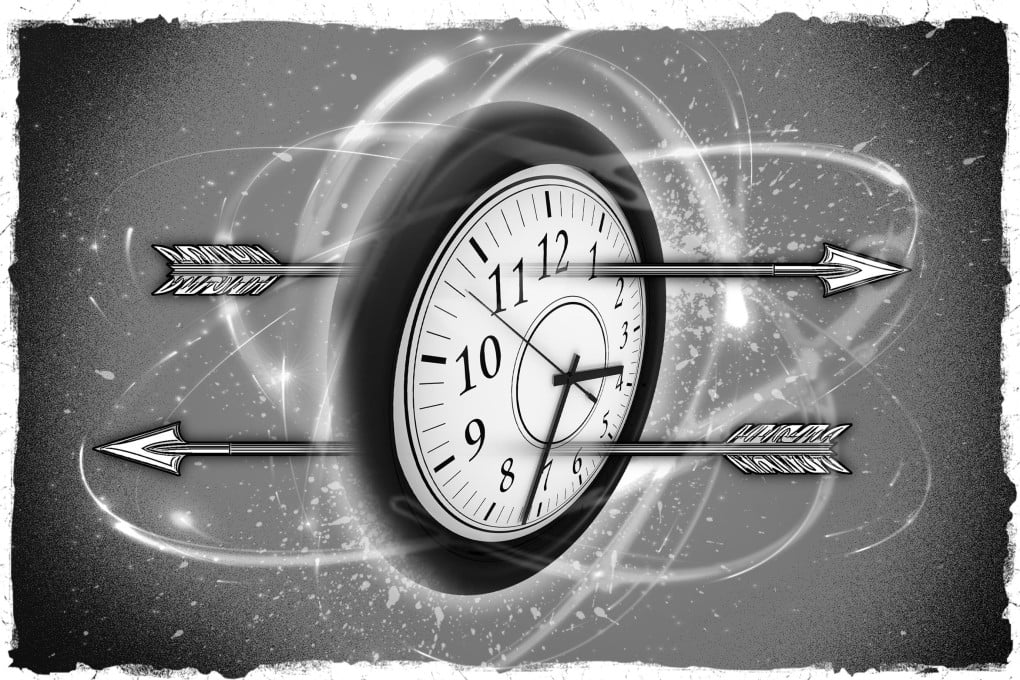At subatomic level, the past can be the future: quantum researchers
- Conventional theory that time can only move forward challenged by study, but the conditions for a ‘backward arrow’ are limited
- The question of whether time can be reversed ‘one of the fundamental challenges’ of quantum physics

One of the most puzzling things about quantum mechanics is that a subatomic particle can have different physical properties at the same time – such as spinning in opposite directions, known as superposition.
For almost a century, quantum physicists have been debating whether the law of superposition can be applied to time, so that a subatomic particle can experience the past and future simultaneously.
The debate is far from settled, in part because it remains unclear under what circumstances time could be reversed, and how to detect such an event.
Giulia Rubino, quantum physicist with Britain’s University of Bristol, and her colleagues found the time arrow points backwards in a simple quantum system containing just a few subatomic particles, when the chaos in the system decreases. Their paper was published on Friday in the journal Communications Physics.
The phenomenon is observable only when the system is extremely stable, with just a small amount of disorder, or “entropy”. “We don’t know if a qubit (quantum particle) is evolving ‘forward in time’ or ‘backward in time’ until it is measured,” Rubino told the South China Morning Post.